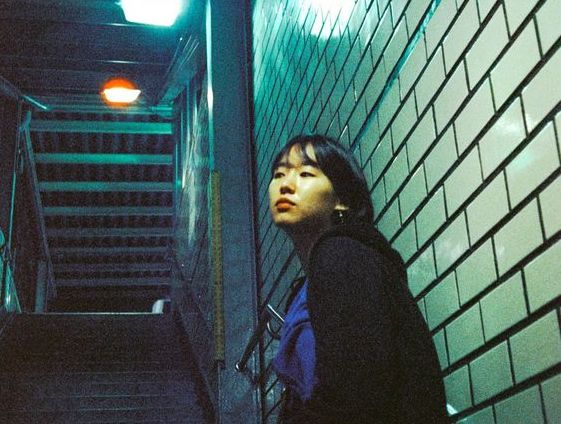We see home as a place where we’re known. Our home is our own space, in which we personalise, and frequent. Our sense of place is where we see our identity. But what do we think about the opposite? Our brains hold many complexities that we can’t explain, that causes us to feel safe and secure in some spaces, but thrilled and fearful in others; we find beauty in simplistic things; we empathise;, we live; we explore.
Many of these complexities came out during my unhealthy 2014 Tumblr phase. The emo phase that we all had, scarred us to the core without realising, as we scroll endlessly through image after image. Personally, my feed was full of grungy aesthetics. My simple reblog told my zero followers, “hey, I’m a thrill-seeker – I like the dark stuff.” I loved the photos of grubby pink tiles between train station platforms or graffitied exteriors, damning those within. Why do they pique our interest? Why are we drawn to a place that doesn’t belong to us, nor to anyone?
These kinds of places are described as non places. Oxford explains it as a term “intended for the frictionless passage of a nameless and faceless multitude.’ It’s abandoned homes, overpasses, train stations and airports. It’s also things like car parks, supermarkets and tourist attractions. Places we frequent shortly until we continue on with our lives. The idea of a non place is as much a contributor to developing your sense of self as it is to a sense of home. Their animosity is a blank canvas for our own life-shaping experiences.
For a while, I thought my interest in these types of places was so mainstream. I’d people watch mercilessly in train stations, smile gleefully at a flight delay, or gaze into an overstimulating Ezy-mart. However, I’ve come to realise that shared experiences are what make us feel less alone, less alien. We’re interested in things that carry a familiarity that we’re able to share with others. When we see a friend pose in front of the Eiffel Tower, we understand its importance because we share the ability to experience it, and therefore it eases us into a comfortable group that shapes our own self.
Abandoned buildings, dark and moody corners, decaying nooks, have been used in mainstream media to invoke a sense of fear and emptiness. We hide our eyes from the potential threat in the dark, but why do we still want to look? Why are we still obsessed?
Is it the grungy trend that perhaps never truly left, fuelling our desire to appear edgy, cool or mysterious to others? Is it a sense of danger, or suspense, navigating unfamiliar territory that is so appealing to us? For me, I think it’s the self-inflicted thrill of exploring a space that is unfamiliar and belonging to no one. I feel as though I’m disconnected from the outside world, hyper-aware to noise, people or sensations. I’m looking outward rather than within.
We live in a society where things are pristine on the surface. Our phones and technology are sleek and lacking in flaws. We seek to find common ground and live out what those before us already have. ‘Ruin porn’ offers us an escape to excessive tidiness and order. We relish in the mess, and the fear, and we seek the thrill that the unknown provides. We’re fascinated by decay that doesn’t belong to us. We use our imagination to get away from the ordinary.
Article written by India Curtain
Image courtesy of @austininseoul


